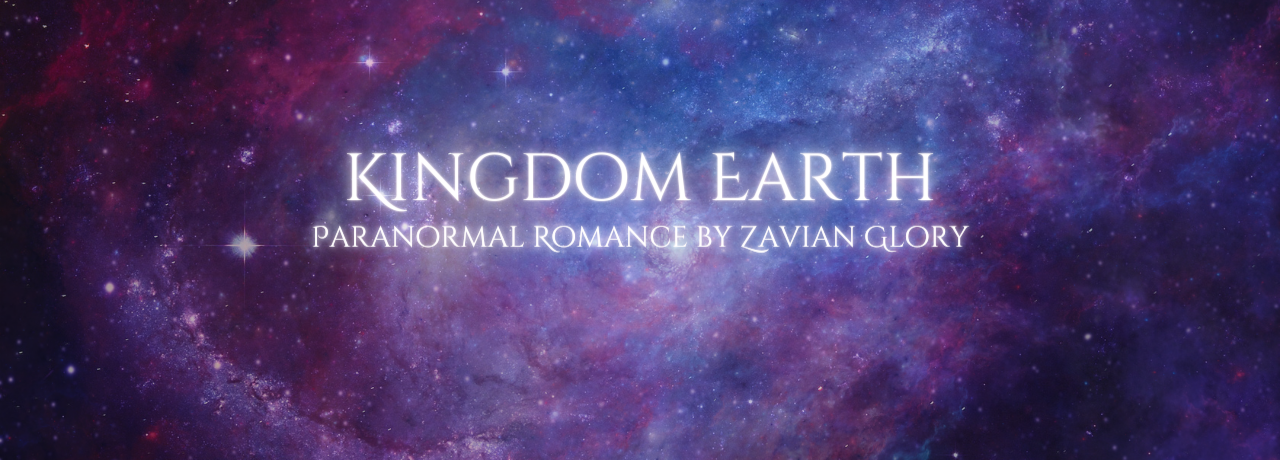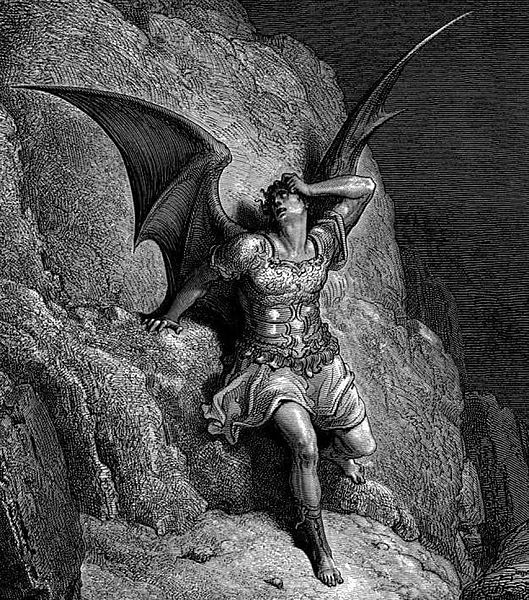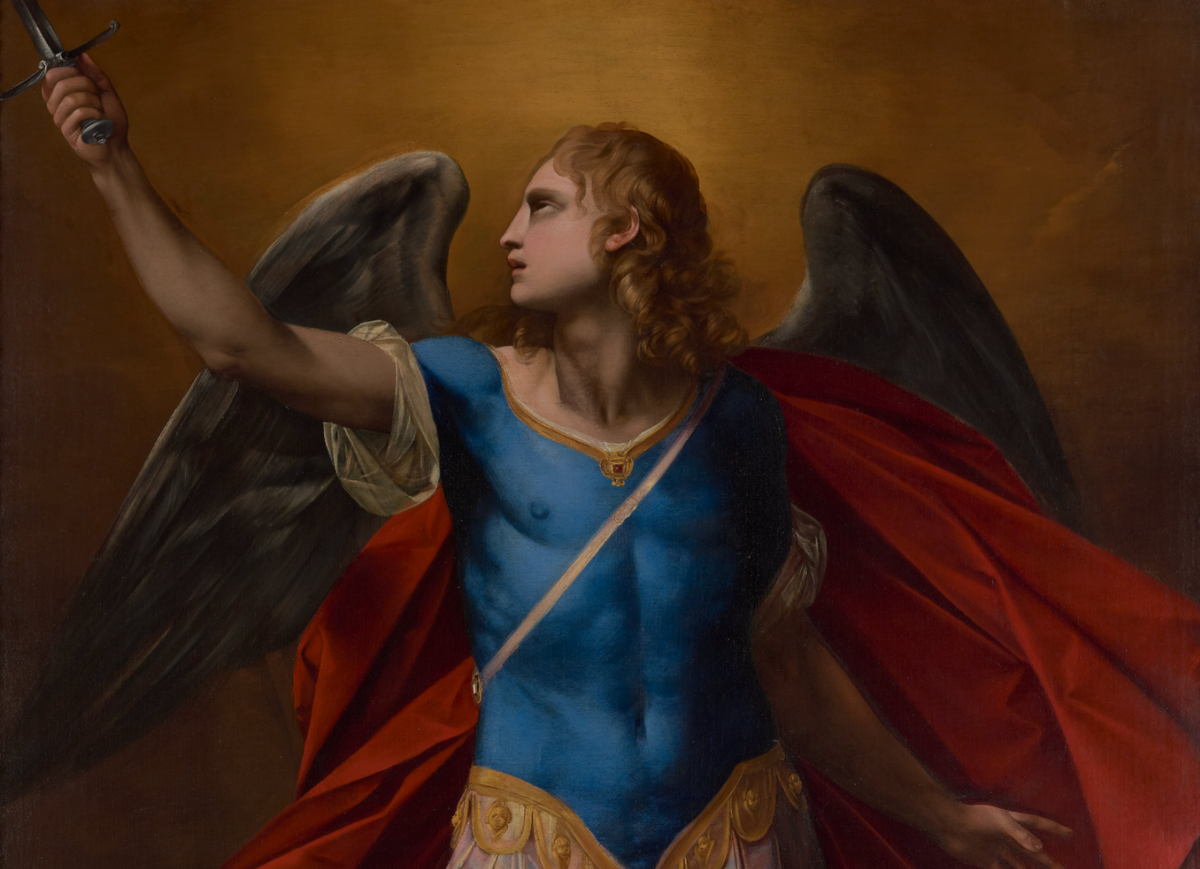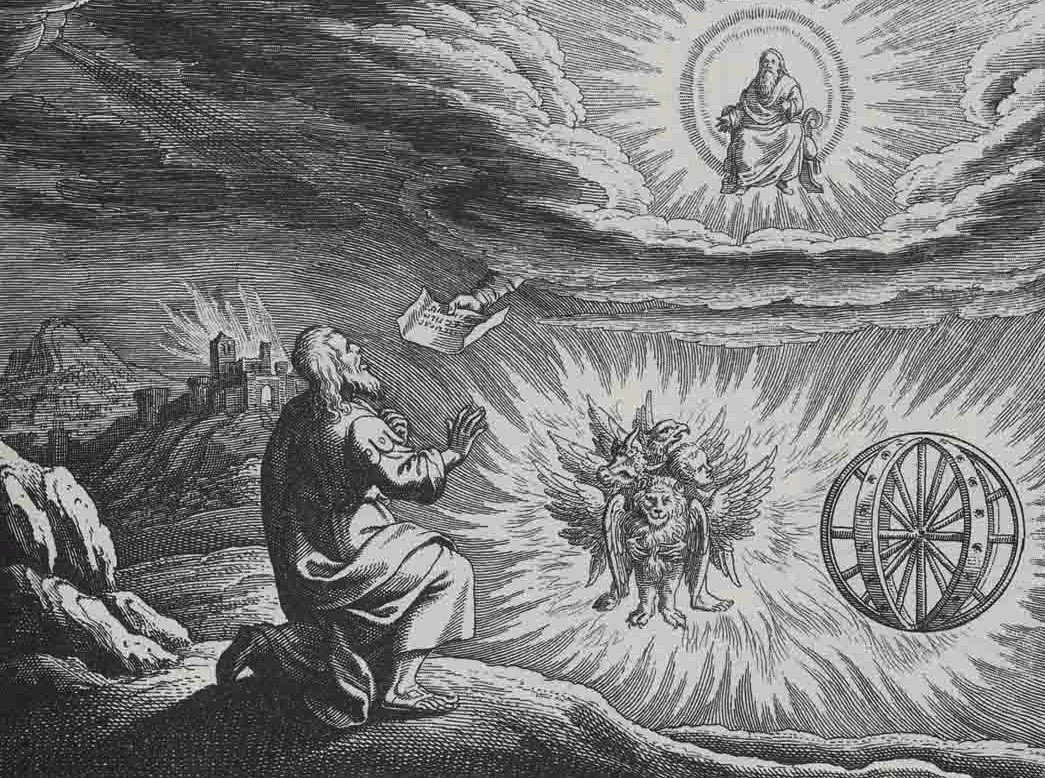Archetypes
Archetype - a recurrent symbol or motif in literature, art, or mythology
In an angelic sense, the forms angels will take to make themselves known to mortals. Though these are not the true forms of the angels, using common imagery helps mortals more easily understand what they are seeing when interacting with an angel. Few angels ever reveal themselves to mortals, but when they do they often have preferred archetypes to use based on the part of the world they are in and the culture of the people they are revealing themselves to.
Common Archetypes of the Fallen
Most Fallen angels in cultures heavily influenced by Christianity choose the common archetype of a human-like form with wings that are either feathered and black, or bat-like. Some may choose imagery that involves a hooved and horned, more goat-like appearance, but as this imagery actually comes from the confusion between the Fallen and demons, most tend not to use this archetype. The gender they choose to appear as varies by the circumstances surrounding the revealing of the angel's identity.
Common Archetypes of the Blessed
Blessed angels in cultures heavily influenced by Christianity tend to use the common image of angels as human-like in form but with white feathered wings. Those more powerful hierarchies may also appear in military dress. Like the Fallen, they may choose to appear as any gender. The Archangels, however, almost always appear male in form and are the most likely to be in armor. The common imagery of each type of angel in the hierarchy is otherwise not often followed. For example, cherubim only rarely appear as young children.
The "Biblically Canon" Form
Archetypes commonly referred to as "biblically canon," such as being wheels of eyes and wings, are not typically used by angels, especially not the Fallen. This is because these archetypes were created by mortals who had gotten glimpses of an angel's true form and whose minds had tried frantically to understand what they had seen. Due to the damage this can do to the mortal mind, most angels do not use this archetype as, even in its most tame and concrete appearance, it tends to confuse and frustrate those looking at it. The artists and writers who created these archetypes were using their creative medium in an attempt to process what they had seen, and most angels find it concerning imagery when considering the mental well-being of those creators.
Halos
Halos are not a common part of angelic archetypes anymore, but some still enjoy using them as a throwback to when they appeared more commonly in art.
Non-Christian Presentation
In regions of the world not dominated by Christian theology, angels will appear in whatever form will most make their identities clear. Often, they appear as messengers of gods described in those traditions.
Impersonation
As a part of their creation, angels cannot present themselves as being at a higher tier in the hierarchy, however they may present themselves as an angel of a lower tier. It is also possible to use archetypes to impersonate demons. Some Blessed have been known to do this when causing particularly grievous events that are blamed on demons or the Fallen.







Comments